Home>Home Appliances>Lighting Appliances>How Many Lumens For A Ceiling Light
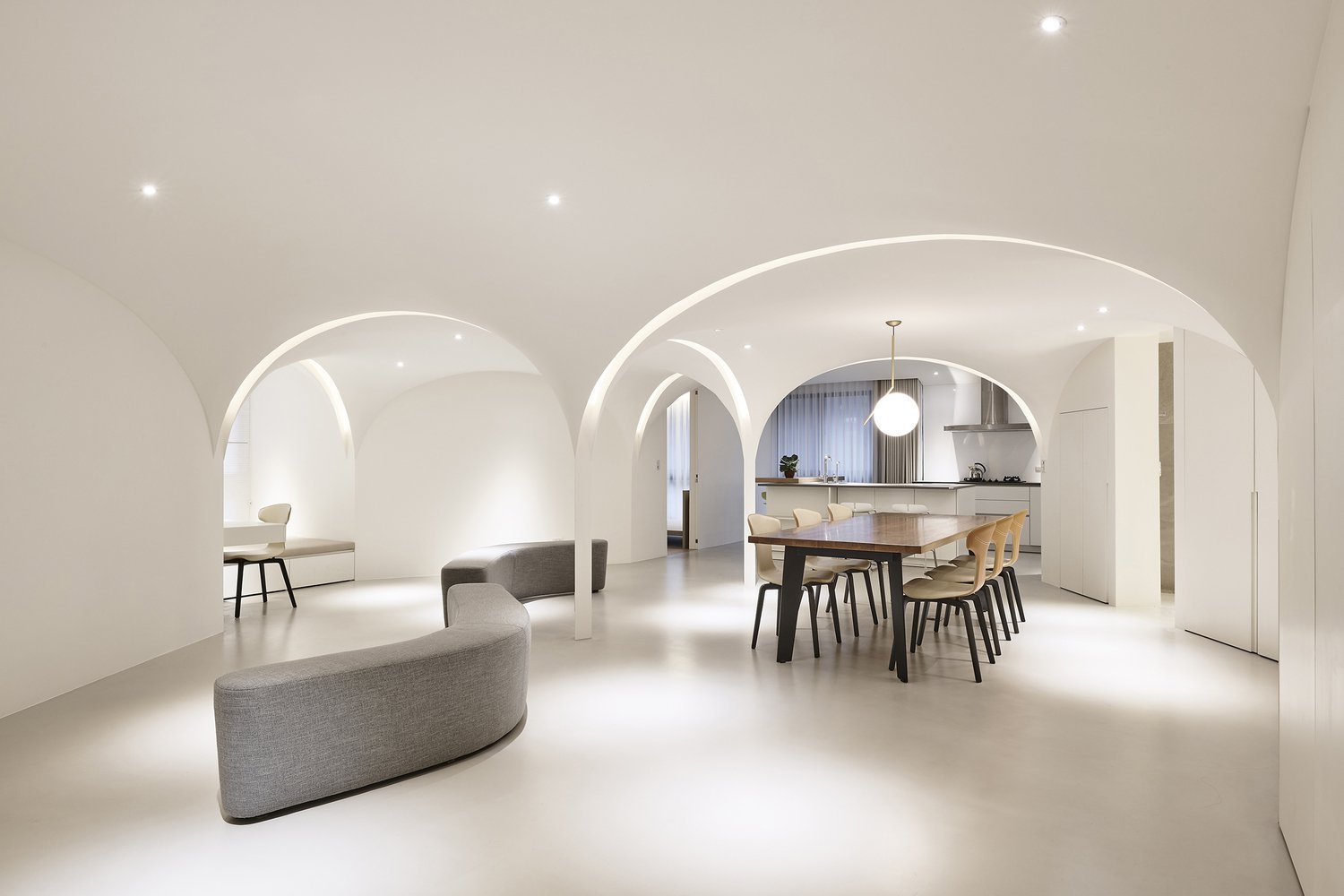

Lighting Appliances
How Many Lumens For A Ceiling Light
Published: February 14, 2024
Discover the ideal lumens for your ceiling light with our comprehensive guide. Find the perfect lighting appliances for your space. Explore now!
(Many of the links in this article redirect to a specific reviewed product. Your purchase of these products through affiliate links helps to generate commission for Storables.com, at no extra cost. Learn more)
Introduction
Choosing the right lighting for your home can significantly impact the ambiance and functionality of each room. When it comes to ceiling lights, understanding the concept of lumens is crucial for achieving the perfect illumination. Lumens, a measurement of the total quantity of visible light emitted by a source, play a pivotal role in determining the brightness of a light fixture. As a homeowner, it's essential to comprehend the correlation between lumens and the specific requirements of different spaces within your home.
In this comprehensive guide, we will delve into the world of lumens for ceiling lights, shedding light on the factors that influence the ideal lumen output for various rooms. By the end of this article, you will have a clear understanding of how to select the right lumen level to create a well-lit and inviting atmosphere in your living spaces. Let's embark on this enlightening journey to uncover the secrets of achieving the perfect illumination with ceiling lights.
Key Takeaways:
- Understand lumens to choose the right ceiling light brightness for each room based on size, ambiance, and function. Tailoring lumen levels creates well-lit, inviting spaces that enhance comfort and usability.
- Different room sizes require specific lumen ranges for optimal illumination. From cozy hallways to vibrant living rooms, aligning lumen output with room dimensions creates inviting and functional environments.
Read more: How Many Lumens For Front Porch Light
What are Lumens?
Lumens are a fundamental unit of measurement used to quantify the total amount of visible light emitted by a light source. Unlike watts, which measure the amount of energy consumed by a bulb, lumens specifically gauge the brightness of the light produced. This distinction is crucial for understanding the actual luminosity of a light fixture, as it directly correlates with the perceived brightness experienced by individuals in a given space.
In essence, the higher the lumen output, the brighter the light. This metric provides a more accurate representation of a light's illumination capabilities compared to traditional wattage measurements. As advancements in lighting technology continue to evolve, the emphasis on lumens has become increasingly prominent, guiding consumers toward making informed decisions when selecting lighting solutions for their homes.
When shopping for ceiling lights, it's essential to pay close attention to the lumen rating of each fixture. This value serves as a reliable indicator of the light's brightness, enabling homeowners to match the illumination level with the specific requirements of different rooms. By understanding lumens and their significance, individuals can make well-informed choices that align with their lighting preferences and the intended functionality of each space.
In summary, lumens offer a practical and standardized approach to evaluating the brightness of light sources, empowering consumers to make informed decisions when selecting ceiling lights for their homes. This knowledge equips homeowners with the ability to create well-lit environments that cater to their unique lighting needs, ultimately enhancing the comfort and functionality of their living spaces.
Factors to Consider for Ceiling Light Lumens
When determining the appropriate lumen level for ceiling lights, several crucial factors come into play. Understanding these elements is essential for tailoring the lighting in each room to meet specific requirements and create the desired ambiance. Here are the key considerations to keep in mind when evaluating ceiling light lumens:
1. Room Size and Functionality
The size and function of a room significantly influence the ideal lumen output for ceiling lights. Larger spaces, such as living rooms or open-concept areas, typically require higher lumen levels to ensure adequate illumination across the entire area. Conversely, smaller rooms, like bathrooms or hallways, may benefit from lower lumen outputs to create a cozy and inviting atmosphere without overwhelming the space with excessive brightness.
2. Desired Ambiance
The ambiance you wish to create in each room plays a pivotal role in determining the appropriate lumen level for ceiling lights. For areas where a vibrant and energetic atmosphere is desired, such as kitchens or home offices, higher lumen outputs can contribute to a well-lit environment conducive to productivity and alertness. On the other hand, spaces intended for relaxation and unwinding, such as bedrooms or reading nooks, may call for softer, more subdued lighting achieved through lower lumen levels.
Read more: How Many Lumens Is In A Regular Light Bulb
3. Fixture Placement and Quantity
The placement and quantity of ceiling light fixtures also impact the overall lumen requirements for a room. Strategically positioning fixtures to evenly distribute light can optimize the lumen output, ensuring consistent illumination throughout the space. Additionally, the number of fixtures in a room should be considered to achieve the desired brightness without over-illuminating or creating harsh contrasts.
4. Color Temperature
The color temperature of light, measured in Kelvin (K), influences the perceived brightness and ambiance of a space. Warmer color temperatures (e.g., 2700K-3000K) emit a soft, inviting glow, while cooler temperatures (e.g., 4000K-5000K) produce a brighter, more energizing light. When selecting ceiling lights, it's essential to align the lumen output with the desired color temperature to achieve the intended lighting effect.
5. Natural Light and Time of Day
Considering the presence of natural light and the time of day is crucial when determining the lumen level for ceiling lights. Rooms with ample natural light may require lower lumen outputs during the day, while higher lumen levels become more essential during evening hours or in spaces with limited access to natural light.
By carefully considering these factors, homeowners can make informed decisions when selecting the appropriate lumen level for ceiling lights, ensuring that each room is illuminated to perfection, catering to both functional and aesthetic needs.
Recommended Lumens for Different Room Sizes
Determining the ideal lumen output for ceiling lights involves tailoring the brightness to suit the specific dimensions and functions of each room. By understanding the recommended lumen ranges for different room sizes, homeowners can effectively illuminate their living spaces to create inviting and functional environments. Let's explore the optimal lumen levels for various room sizes to guide your lighting decisions:
Read more: How Many Lumens Should Outdoor Lights Be
1. Small Rooms (e.g., Hallways, Entryways)
Small rooms, such as hallways and entryways, typically range in size from 100 to 200 square feet. For these compact spaces, a lumen range of 1000 to 1500 lumens is recommended to provide ample illumination without overwhelming the area. Ceiling lights with lower lumen outputs can create a welcoming ambiance while ensuring sufficient brightness for safe navigation.
2. Medium-Sized Rooms (e.g., Bedrooms, Home Offices)
Rooms with medium dimensions, spanning approximately 200 to 400 square feet, benefit from lumen levels ranging between 2000 and 3000 lumens. This lumen range strikes a balance between creating a well-lit environment and preserving a cozy atmosphere. Whether it's a bedroom or a home office, the recommended lumen output ensures adequate brightness for various activities while maintaining a comfortable ambiance.
3. Large Rooms (e.g., Living Rooms, Open-Concept Areas)
In larger rooms exceeding 400 square feet, such as living rooms or open-concept areas, a lumen range of 4000 to 6000 lumens is ideal for achieving comprehensive illumination. These spaces require higher lumen outputs to evenly light expansive areas, creating a vibrant and inviting atmosphere. By selecting ceiling lights within this recommended lumen range, homeowners can ensure consistent brightness throughout the room, catering to diverse activities and gatherings.
4. Specialized Areas (e.g., Kitchens, Bathrooms)
Certain specialized areas, such as kitchens and bathrooms, have unique lighting requirements based on their functions. Kitchens, known for demanding precise and vibrant lighting, benefit from lumen levels ranging from 3000 to 6000 lumens to support cooking, meal preparation, and socializing. On the other hand, bathrooms typically require lumen ranges of 4000 to 6000 lumens to facilitate grooming tasks and create a well-lit, refreshing environment.
By aligning the lumen output of ceiling lights with the recommended ranges for different room sizes, homeowners can effectively illuminate their living spaces to enhance functionality and ambiance. These guidelines serve as valuable references for selecting the appropriate lumen levels, ensuring that each room is optimally lit to meet its unique lighting needs.
Conclusion
In conclusion, the quest for the perfect ceiling light lumens is a journey that intertwines functionality, ambiance, and personal preferences. Understanding the significance of lumens as a measure of brightness empowers homeowners to make informed decisions when selecting lighting solutions for their living spaces. By considering factors such as room size, desired ambiance, fixture placement, color temperature, and natural light, individuals can tailor the lumen output of ceiling lights to meet specific requirements, creating well-lit environments that cater to diverse activities and moods.
The recommended lumen ranges for different room sizes serve as invaluable guidelines, offering insights into the ideal brightness levels that can transform living spaces into inviting and functional areas. From small, welcoming hallways to expansive, vibrant living rooms, the appropriate lumen output plays a pivotal role in enhancing the comfort and usability of each room. By aligning the lumen levels with the unique characteristics and functions of different spaces, homeowners can achieve a harmonious balance between illumination and ambiance, elevating the overall living experience.
As technology continues to advance, the emphasis on lumens as a standardized measure of brightness ensures that consumers can confidently navigate the diverse landscape of lighting options. Whether it's selecting ceiling lights for a cozy bedroom retreat or illuminating a bustling kitchen, the knowledge of lumens equips individuals with the ability to curate lighting solutions that seamlessly integrate with their lifestyles and preferences.
In essence, the journey to finding the perfect ceiling light lumens is a personalized exploration, guided by the principles of functionality, aesthetics, and individuality. By embracing the significance of lumens and leveraging the recommended lumen ranges for different room sizes, homeowners can embark on a transformative lighting experience, illuminating their living spaces with precision and purpose. Ultimately, the art of balancing lumens with the unique characteristics of each room culminates in the creation of well-lit environments that not only meet practical needs but also evoke a sense of comfort, warmth, and harmony.
In the realm of home lighting, the mastery of lumens unlocks a world of possibilities, allowing individuals to infuse their living spaces with the perfect brightness that complements their lifestyles and reflects their personal style. With this newfound understanding, homeowners are poised to embark on a luminous journey, illuminating their homes with the ideal ceiling light lumens that illuminate their lives in every sense.
Frequently Asked Questions about How Many Lumens For A Ceiling Light
Was this page helpful?
At Storables.com, we guarantee accurate and reliable information. Our content, validated by Expert Board Contributors, is crafted following stringent Editorial Policies. We're committed to providing you with well-researched, expert-backed insights for all your informational needs.
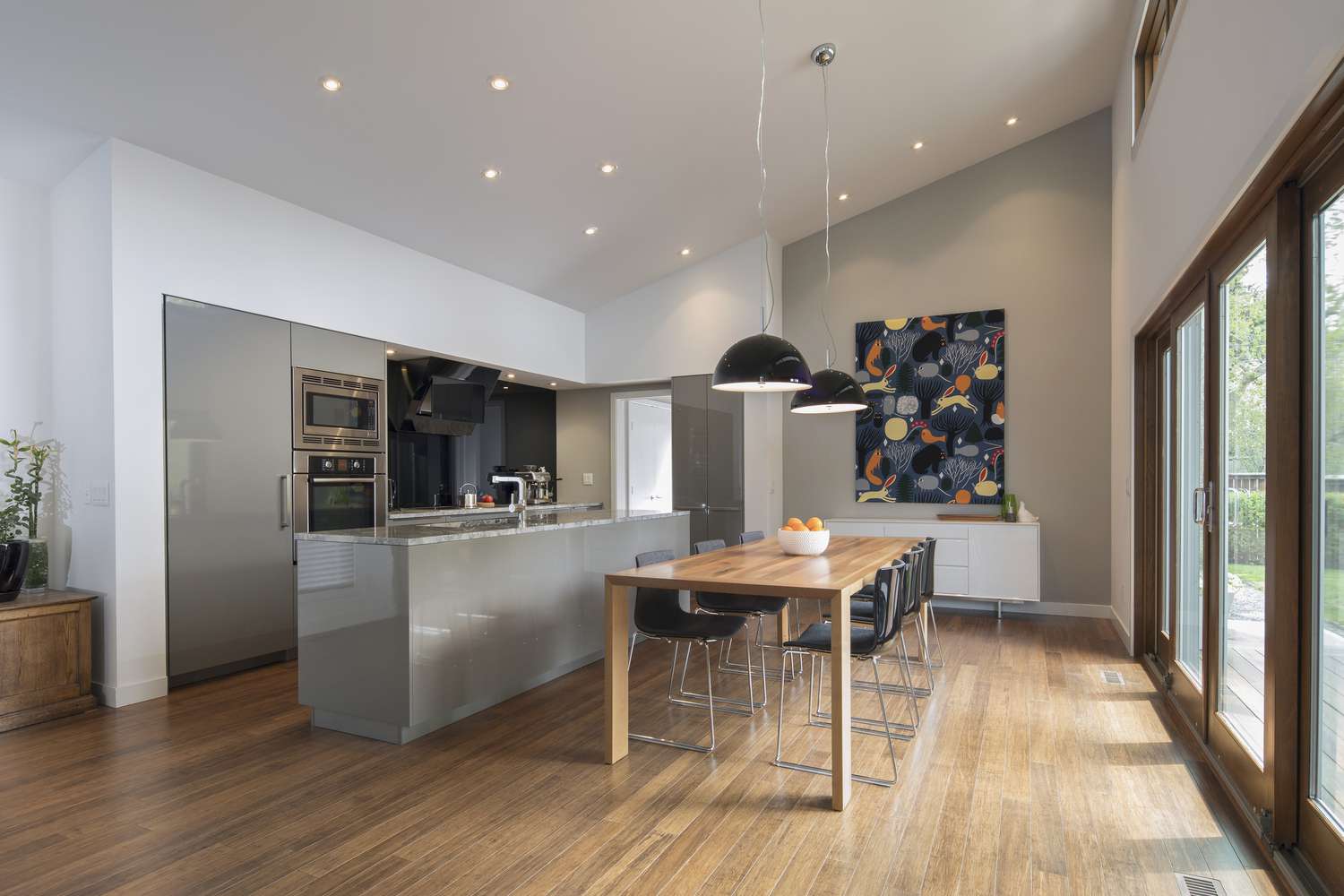

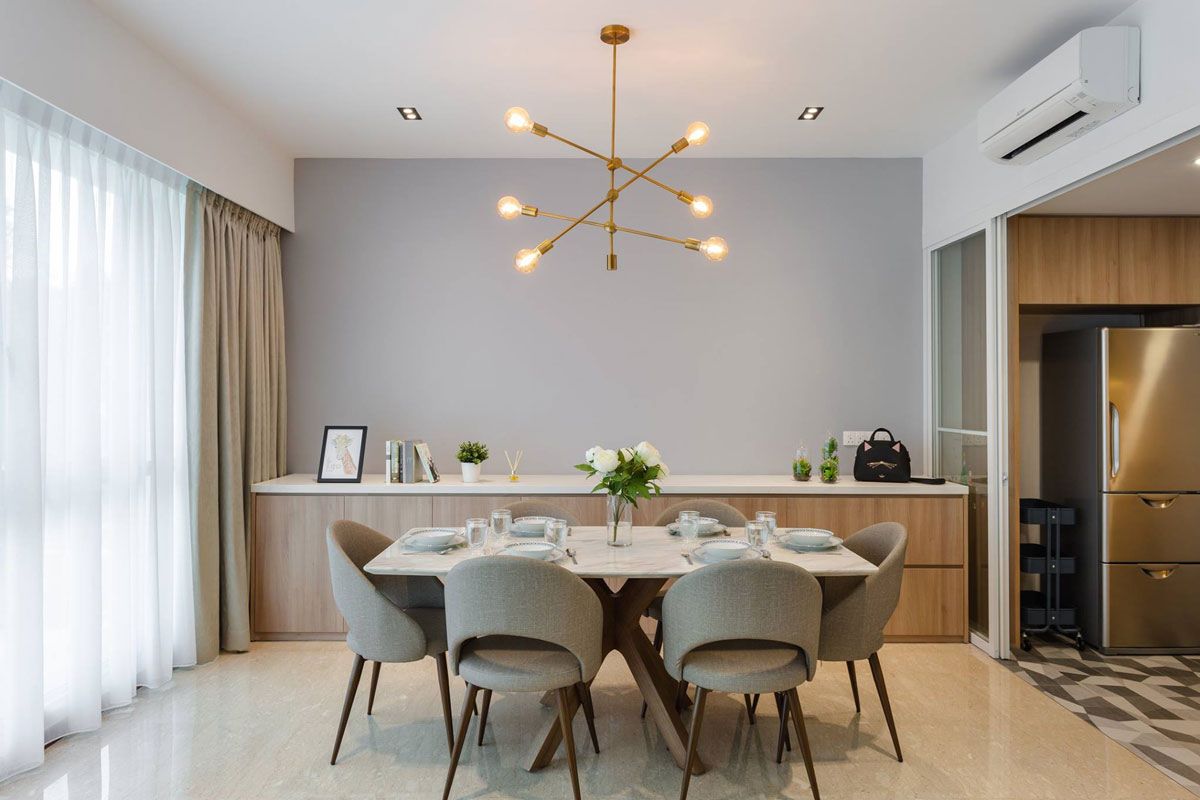
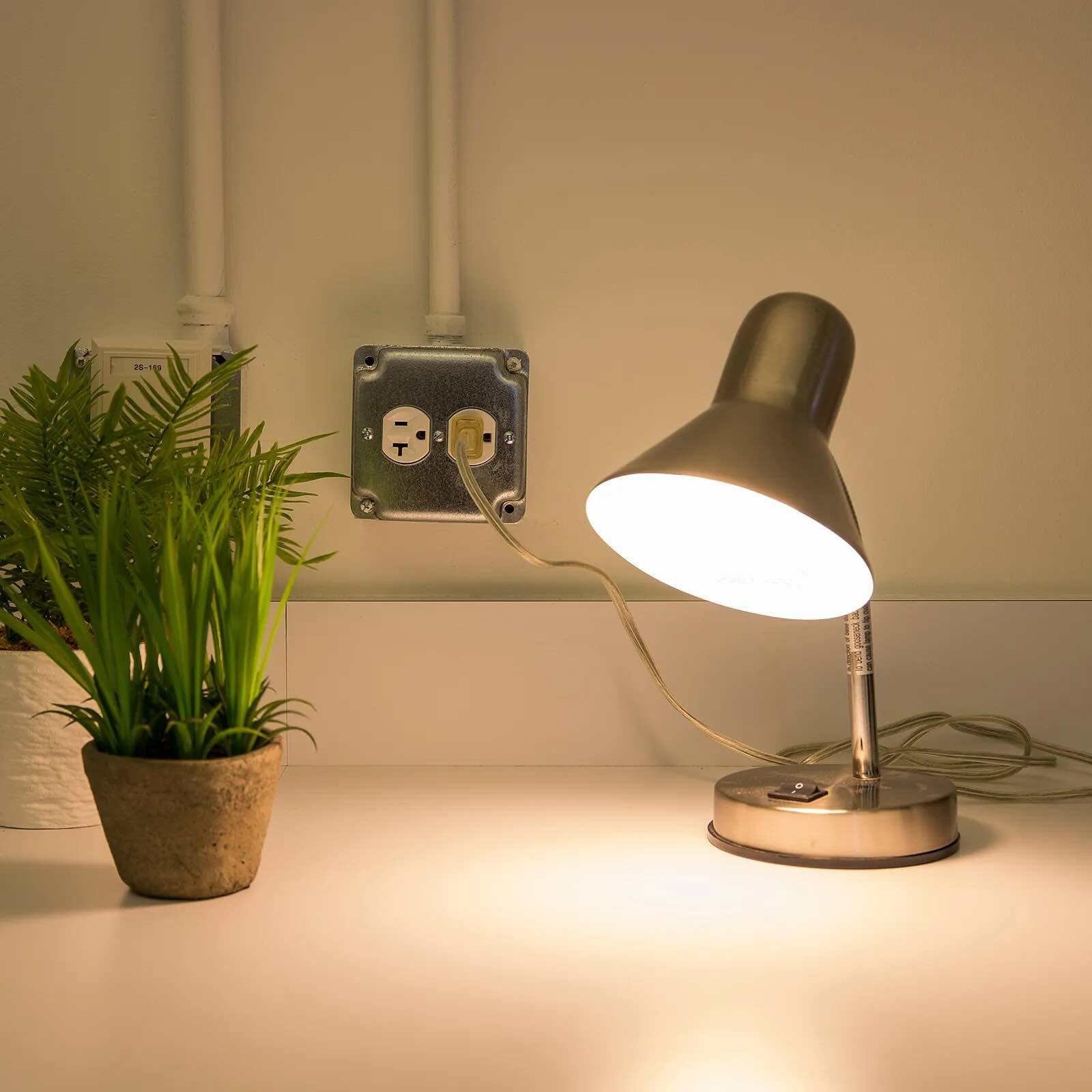

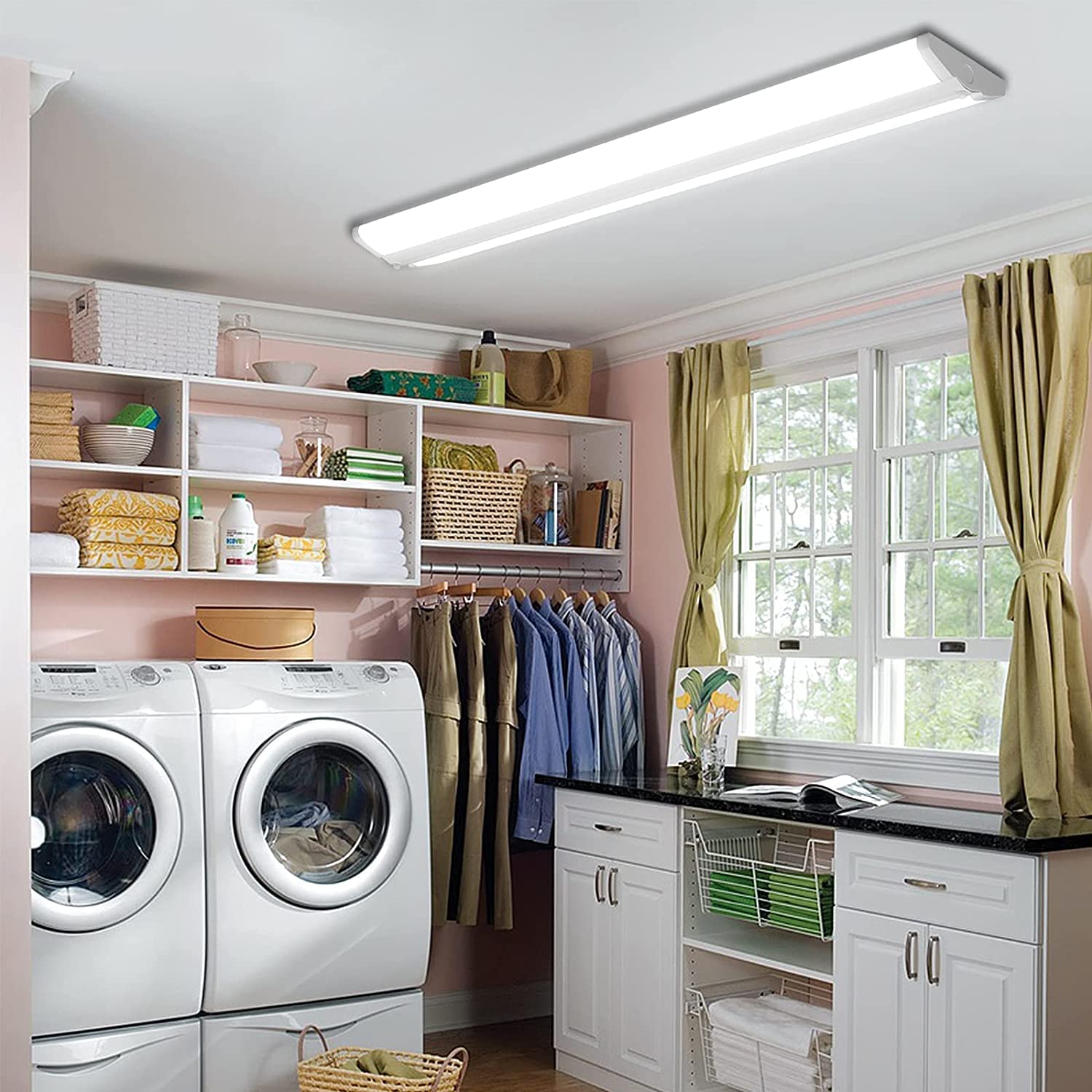
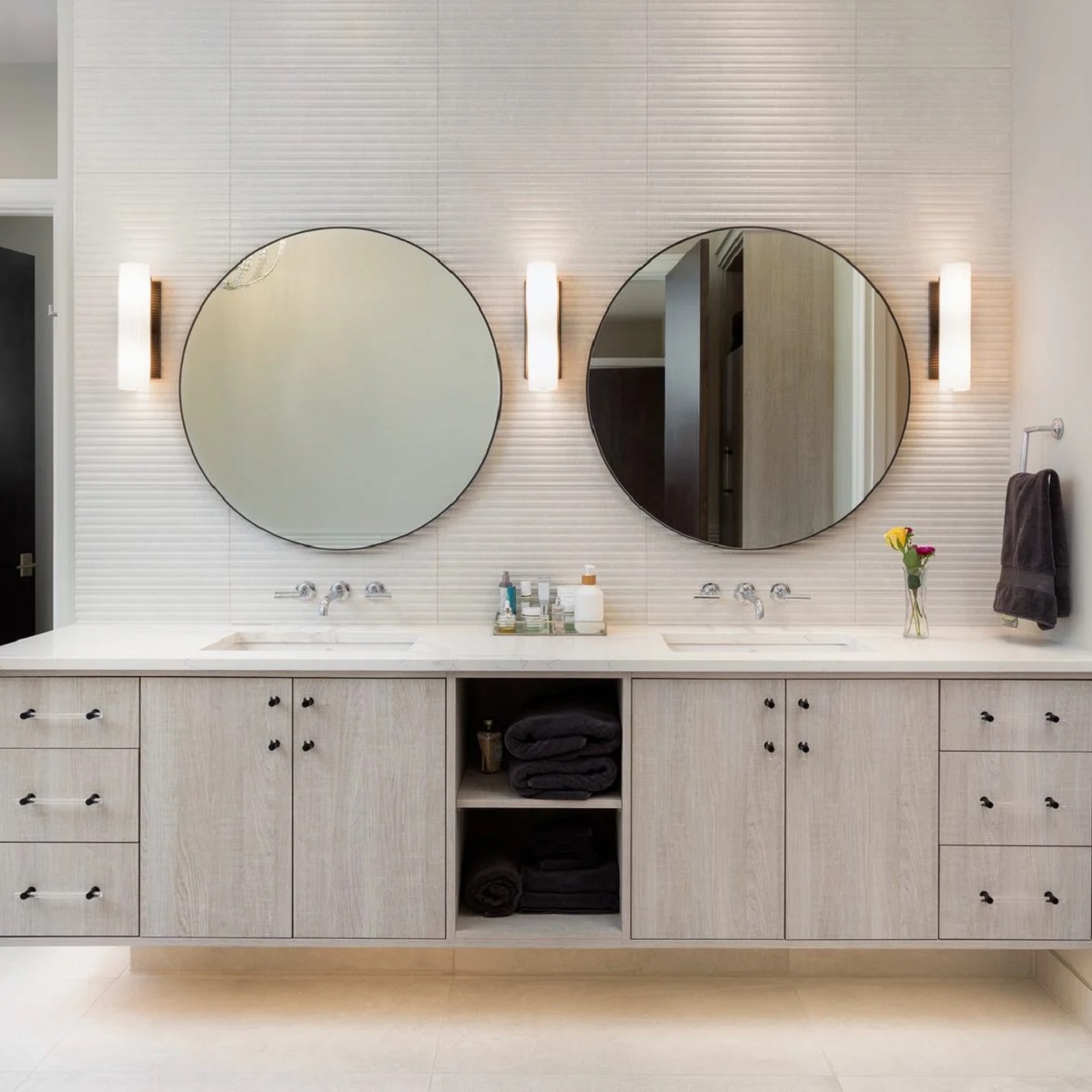
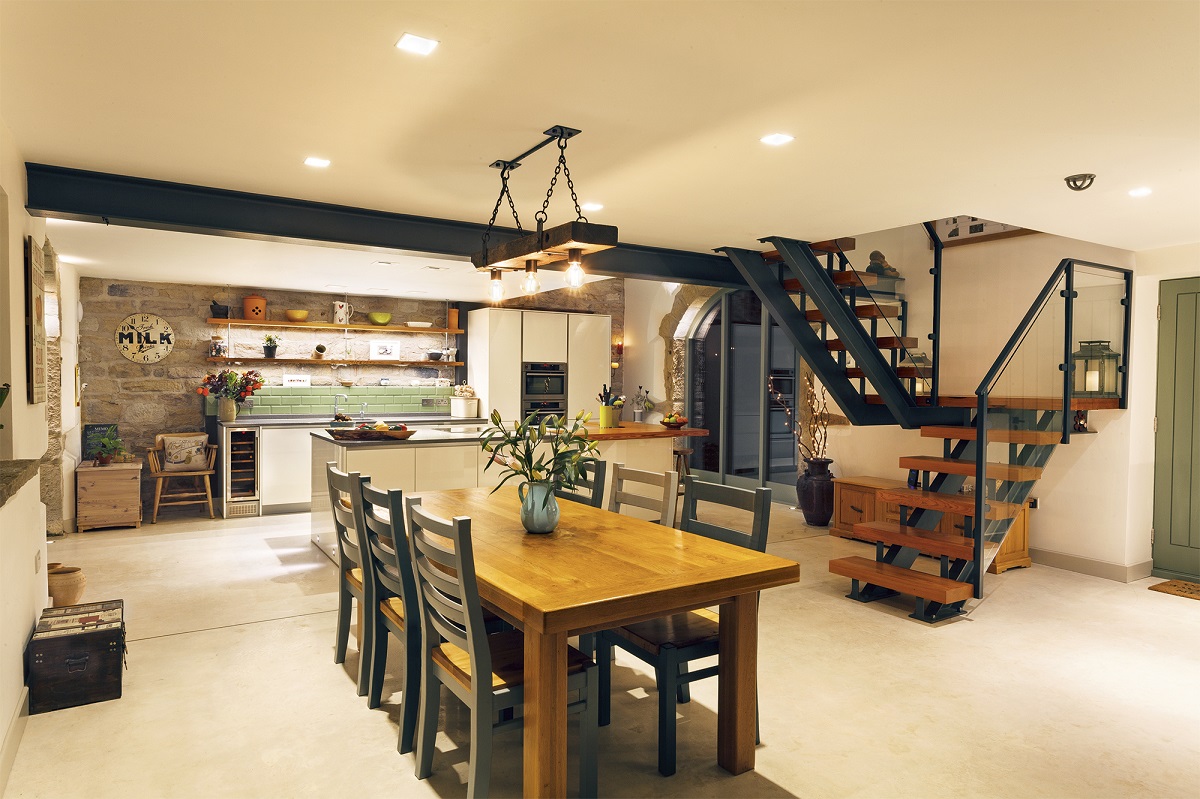

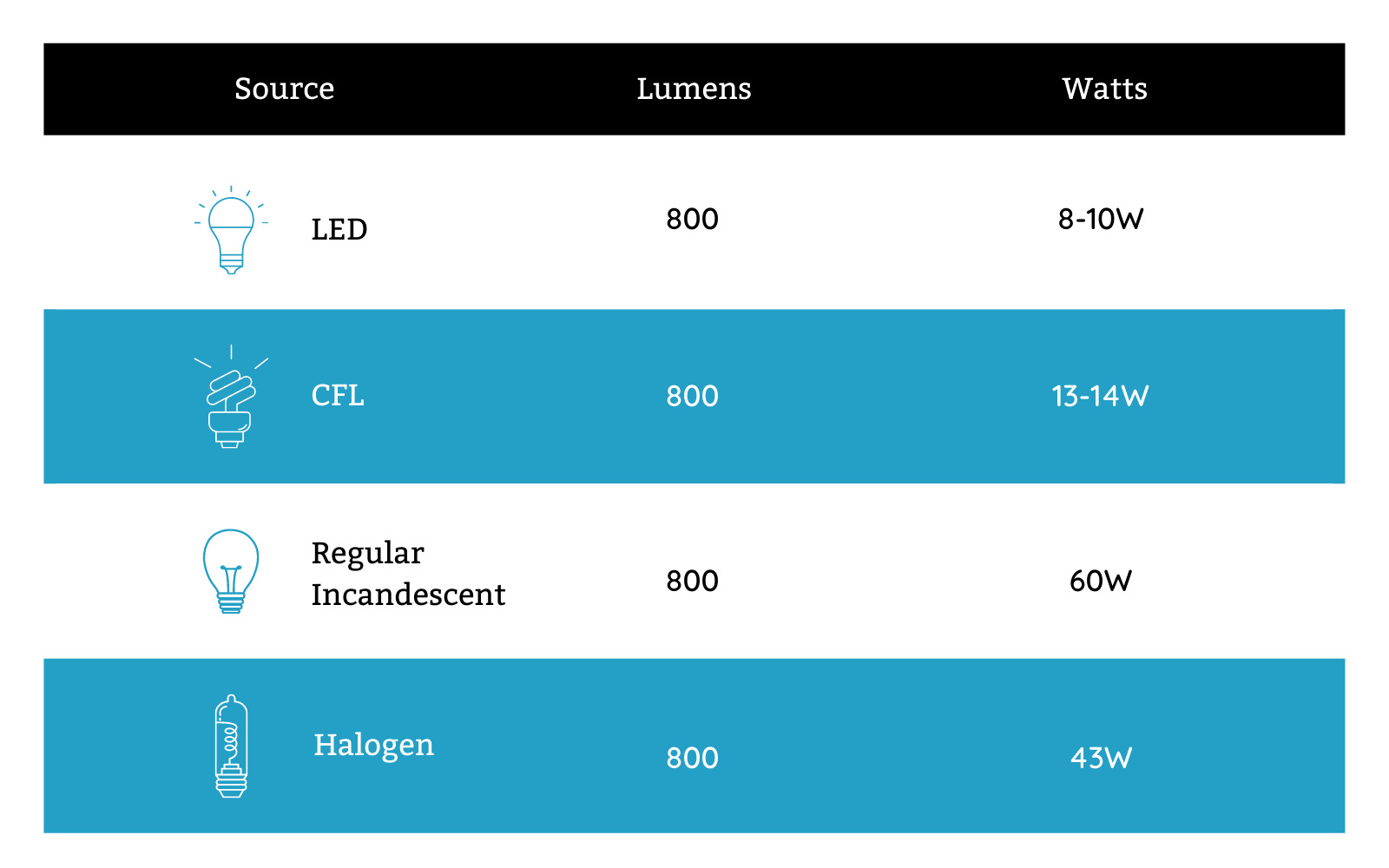



0 thoughts on “How Many Lumens For A Ceiling Light”